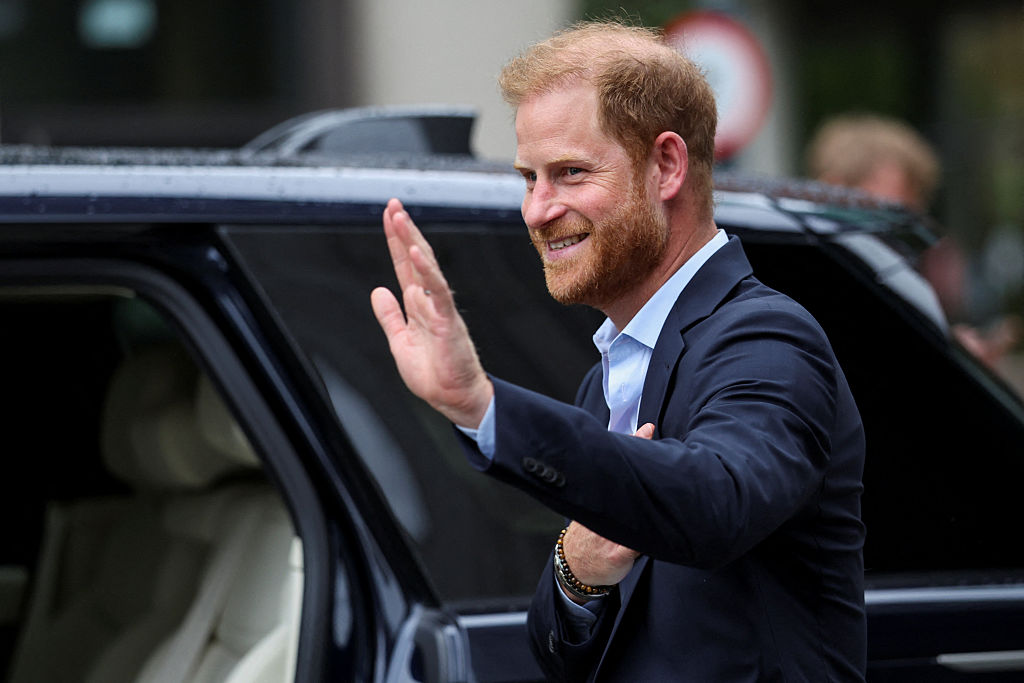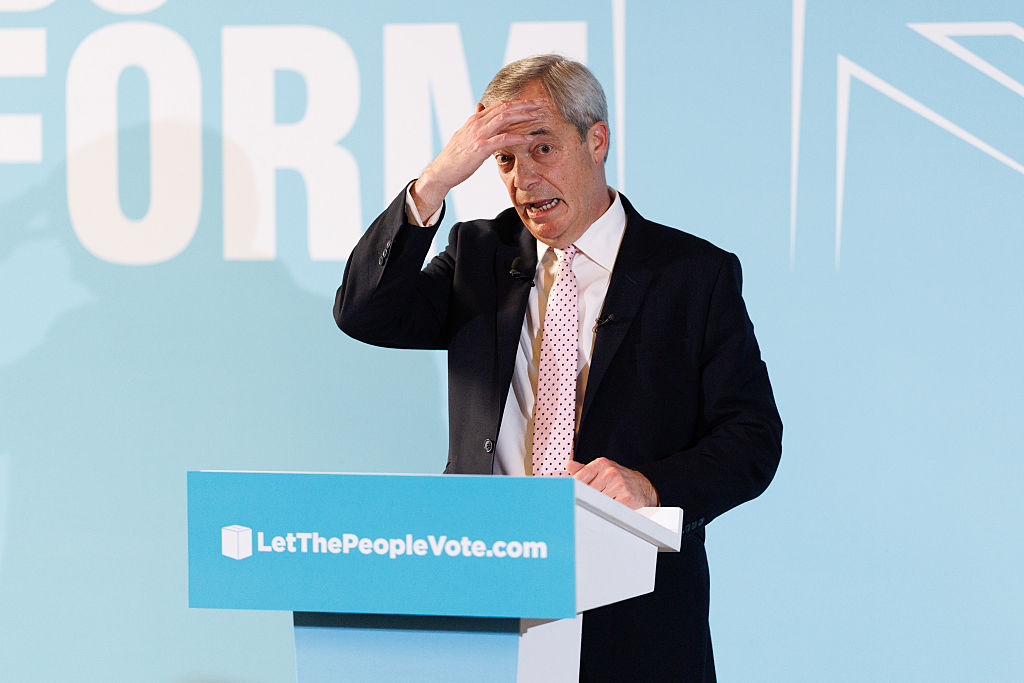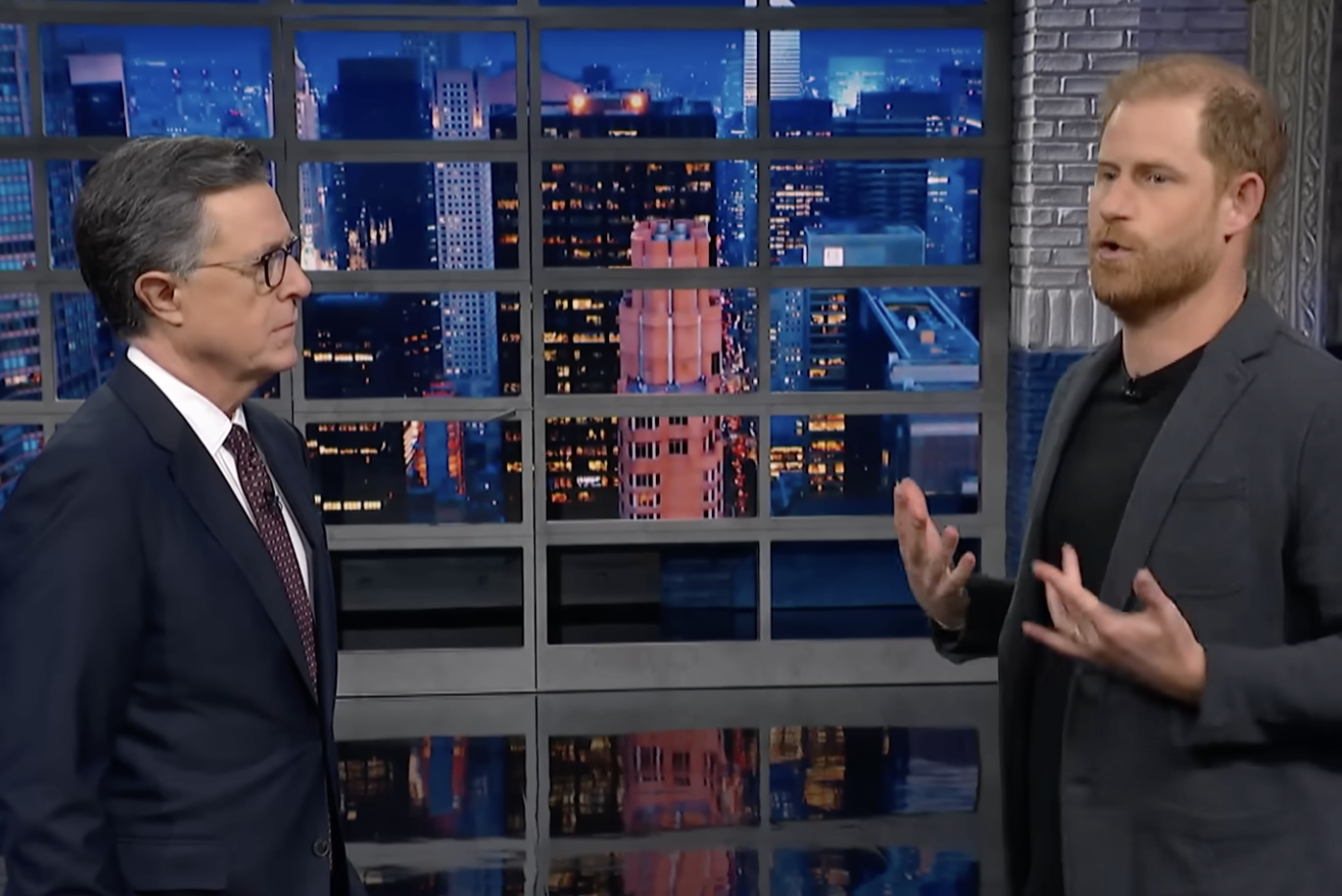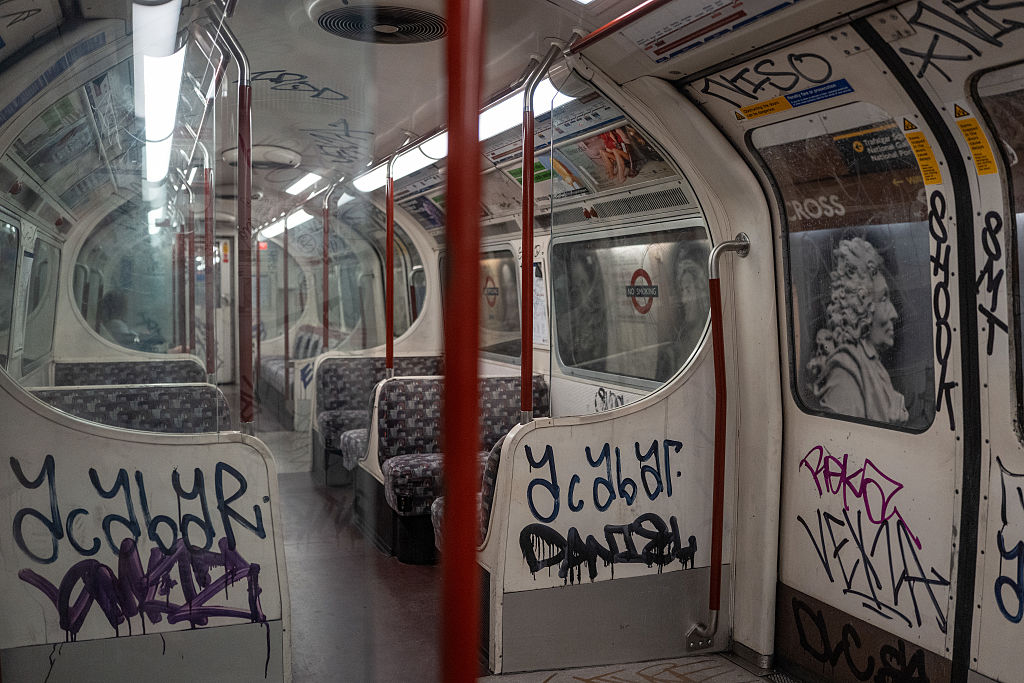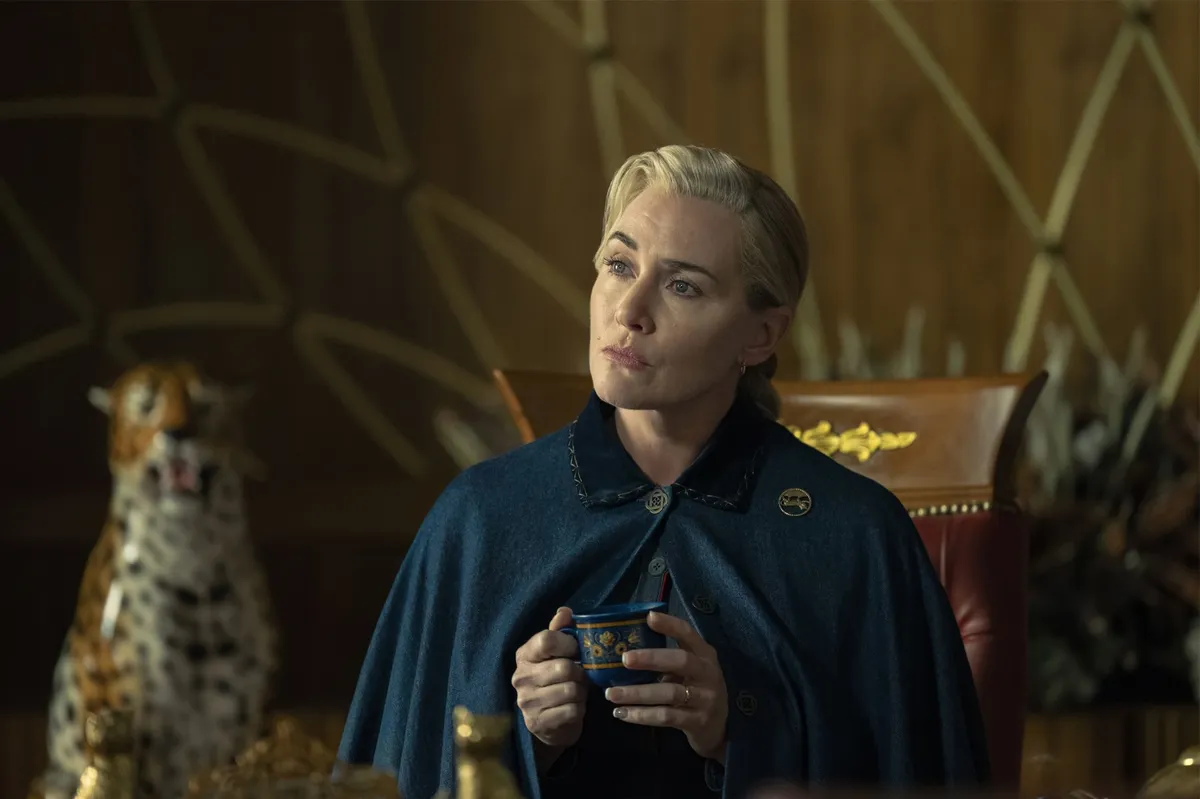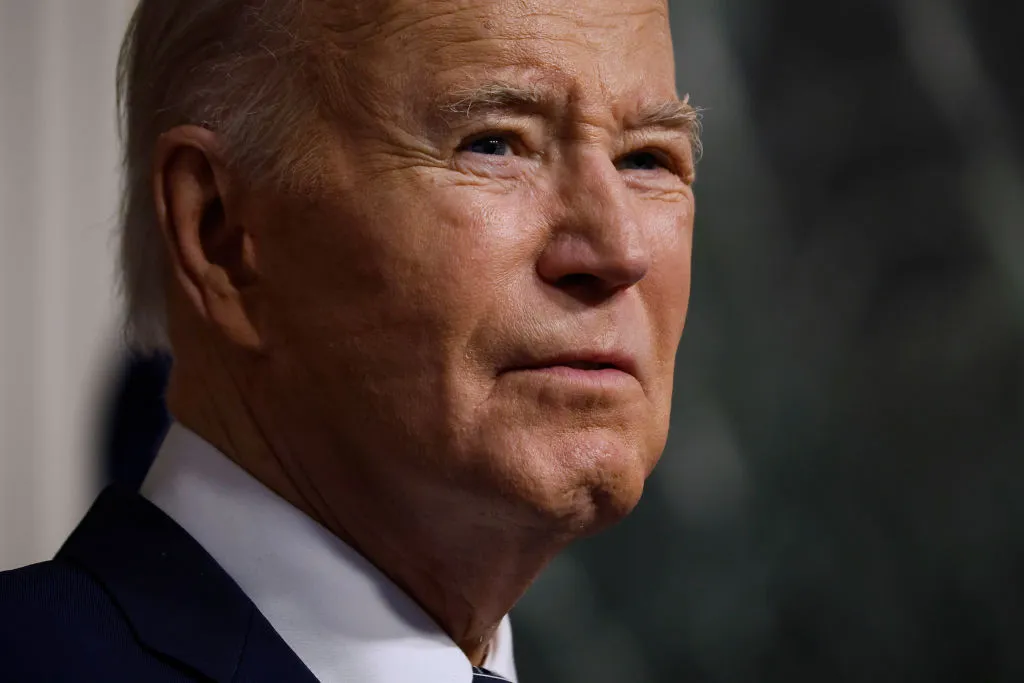The collector, art historian and critic Douglas Cooper (1911-84) relished conflict. He was a formidable man, loud in speech and dress, with forceful views and a taste for ridicule. He could also be very funny. John Richardson, Picasso’s biographer, who knew Cooper better than most, said it was as though an angel and a demon child were perpetually fighting for control of his personality. Physically robust, Cooper survived being stabbed in the stomach when he was 50 after unwisely propositioning a French soldier.
He is remembered today, if at all, for his legendary collection of Cubist art, focusing on the four greats of the movement: Picasso, Braque, Léger and Gris. His taste was backed by intense scholarship and he was one of the earliest collectors of Cubism, a rare passion for an Englishman. He was a man of independent thought and opinions, though prey to paranoia and self-indulgent tantrums. He was apparently asked to resign from the Reform Club four times because of bad behavior. Francis Bacon, with whom he had a very typical falling out, called him “a prissy old voluptuary.”
This complex figure is the subject of a new book which claims to be an objective biography. It is enriched by having two authors, although there is inevitably a degree of overlap between their texts. The first part is more or less straight biography, by Adrian Clark. The tone is relentlessly disapproving, a clear dislike of Cooper extending to his quondam partner Richardson. Clark calls Cooper a sociopath, a malign, vindictive and willful person. He claims that the book “displays” Cooper’s life, rather than judges it, but he repeatedly tells us how unpleasant the man was. Would it not have been better to allow Cooper’s misdeeds and antisocial conduct to tell the story without continual authorial comment? How much more enjoyable the book would have been.
The second part is Clark’s account of Cooper’s writing achievements. At times overwhelmingly detailed, it is only occasionally enlivened by the sort of intriguing anecdote that bulks out part one. A third section, Richard Calvocoressi’s main contribution to the book, presents Cooper as dealer, curator and collector. Splitting the subject up in this way sabotages coherence and encourages repetition, however individually informative the separate parts.
Much of Cooper’s collection is illustrated alongside chapter and verse of how and where the works were acquired. This is fascinating: the quality of the purchases is consistent and astonishing. What a shame Cooper disliked England and its art world so much or we might have benefitted from bequests to our museums. Instead, his unsuccessful attempts to dislodge John Rothenstein from directorship of the Tate made the headlines when the severely provoked Rothenstein punched Cooper in the face.
‘It was as though an angel and demon child were perpetually fighting for control of his personality’
Although independently wealthy – he inherited £100,000 ($130,000), apparently equivalent to $9.5 million today – Cooper worked hard. He started as a dealer with the Mayor Gallery in London and learnt a great deal from the experience, also getting to know painters such as Léger and Miro. Much of his authority as a critic stemmed from firsthand knowledge of artists.
Leaving the Mayor in 1938, he concentrated on writing and curating exhibitions. During the war he was an ambulance driver behind the French lines, behaving heroically in what was perhaps his finest hour. He later served in Royal Air Force intelligence, but in 1942 was caught in an act of gross indecency with an Arab boy, for which he faced court martial. Acquitted, he was posted to Malta, where he proceeded to commit a similar offense and was sent back to London. Was he deliberately riding for a fall? Remarkably, he remained in the service and became a Monuments Man, pursuing art looted by the Nazis.
From 1950, he lived (with Richardson until 1960) in a château near Avignon, eventually driven out by the burglary of 27 uninsured pictures. He moved to an apartment in Monte Carlo. Over the years, he wrote a number of short books and a mass of journalism, but his two great projects were a catalogue raisonné of Juan Gris and a catalog of the Courtauld collection. He wrote best about artists he knew personally, whose work he collected and studied closely. He gave precedence to understanding their aims, showing an unexpected sensitivity in not imposing his own ideas on their work. His book on Braque is easily the best introduction to this still undervalued artist.
Not everyone disliked Cooper. Many thought him life-enhancing, including the great art historian John Pope-Hennessy, former director of the Victoria and Albert and British Museum. He summed up Cooper thus:
Difficult as he was, in his own field he represented standards – not only visual standards but intellectual standards too – and in a world peopled with limp critics and sequacious art historians the ruthlessness with which he used the battering ram of talent invariably earned my admiration and almost invariably my support.
Cooper certainly deserves a more balanced biography. In the meantime, I shall go back to Richardson’s brilliant memoir The Sorcerer’s Apprentice and seek out more of Cooper’s own writings.













